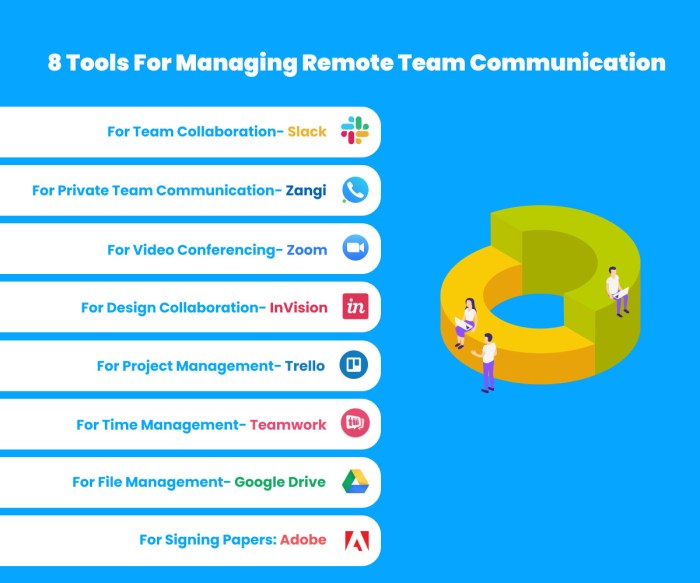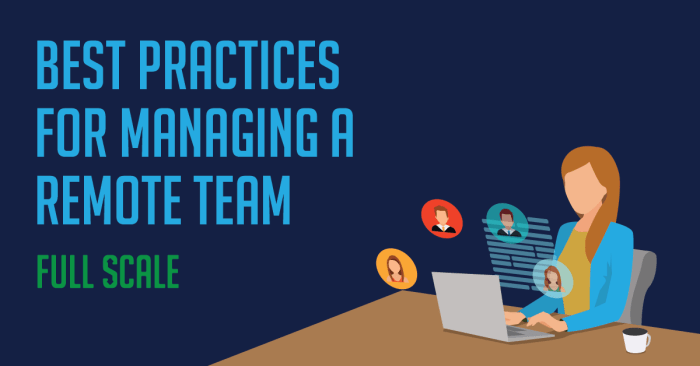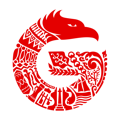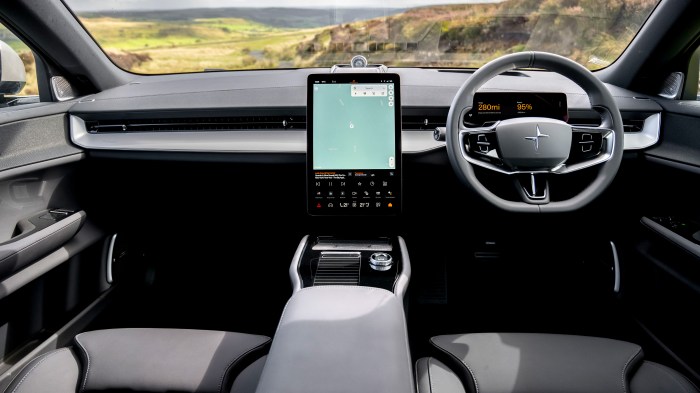As Configuration Management Best Practices for Remote Teams takes center stage, this guide offers valuable insights into the tools, collaboration techniques, security considerations, and documentation practices essential for successful remote team management. Dive into the world of remote work optimization with this detailed exploration.
With remote work becoming increasingly prevalent, understanding the best practices for configuration management is crucial for ensuring seamless operations and effective team collaboration.
Configuration Management Tools

Configuration management tools play a crucial role in ensuring consistency and efficiency in managing software configurations, especially for remote teams. These tools help streamline the deployment process, track changes, and maintain version control. Let's explore some popular tools used for configuration management in remote teams and compare their features.
Popular Configuration Management Tools
- Ansible:Ansible is an open-source automation platform that simplifies configuration management, application deployment, and task automation. It uses YAML scripts for configuration, making it easy to understand and implement.
- Chef:Chef is another popular configuration management tool that uses Ruby-based scripts to define system configurations. It provides a powerful infrastructure automation solution, allowing teams to manage complex environments efficiently.
- Puppet:Puppet is known for its declarative language that describes system configurations. It offers a user-friendly interface and a robust ecosystem of modules to automate infrastructure management tasks effectively.
Comparison of Configuration Management Tools
| Tool | Features | Pros | Cons |
|---|---|---|---|
| Ansible | YAML scripts, agentless architecture, easy to learn | Simple syntax, quick deployment, minimal dependencies | Limited scalability for large infrastructures |
| Chef | Ruby scripts, powerful automation, scalable | Rich community support, detailed reporting, flexible configuration | Steep learning curve, complex setup for beginners |
| Puppet | Declarative language, extensive module library | Intuitive GUI, robust ecosystem, centralized management | Resource-intensive, longer implementation time |
Automated vs. Manual Configuration Management
Automated configuration management tools offer numerous benefits, such as faster deployment, reduced human error, and improved scalability. They enable teams to enforce consistency across environments and track changes efficiently. On the other hand, manual configuration management methods may be suitable for smaller projects or teams with specific requirements that do not warrant automation.
However, manual processes are prone to errors, time-consuming, and challenging to maintain consistency, especially in remote team settings.
Remote Team Collaboration
Effective collaboration is crucial for remote teams to successfully manage configurations and work together towards common goals.
Enhanced Communication through Configuration Management
Configuration management tools provide a centralized platform for remote team members to communicate, share updates, and track changes in real-time. This enhances transparency and ensures that everyone is on the same page.
Best Practices for Communication and Coordination
- Establish regular meetings: Schedule weekly or bi-weekly meetings to discuss progress, challenges, and upcoming tasks. This helps in maintaining a sense of unity and accountability among team members.
- Utilize collaboration tools: Make use of tools like Slack, Microsoft Teams, or Asana to facilitate quick communication and document sharing within the team.
- Document processes and guidelines: Create clear documentation on configuration management processes, standards, and guidelines to ensure consistency and avoid misunderstandings.
- Encourage feedback and open communication: Foster an environment where team members feel comfortable providing feedback, asking questions, and sharing ideas to improve the workflow.
Challenges and Solutions for Remote Teams
- Challenge: Time zone differences leading to communication gaps
- Solution: Establish overlapping hours for team meetings or utilize asynchronous communication methods to ensure everyone stays informed.
- Challenge: Lack of face-to-face interaction affecting team bonding
- Solution: Organize virtual team-building activities or informal gatherings to strengthen relationships and build trust among team members.
- Challenge: Difficulty in tracking changes and version control
- Solution: Implement version control systems like Git or Subversion and define clear processes for branching, merging, and code reviews.
Security Considerations
When managing configurations in remote teams, it is crucial to prioritize security measures to protect sensitive data and prevent unauthorized access. Implementing robust security protocols can help mitigate risks and ensure the confidentiality of your configuration data.
Data Encryption and Access Control
One of the key aspects of security in configuration management for remote teams is data encryption and access control. Encrypting your configuration data can help safeguard it from potential threats and unauthorized access, while access control mechanisms can ensure that only authorized team members can view or modify the configurations.
- Utilize strong encryption algorithms to secure your configuration data both at rest and in transit.
- Implement multi-factor authentication to add an extra layer of security and verify the identity of team members accessing the configurations.
- Regularly update encryption keys and credentials to minimize the risk of data breaches.
Tips for Ensuring Security and Privacy
Protecting the security and privacy of sensitive configuration data is paramount when working remotely. Here are some tips to help you maintain a secure environment:
- Establish clear policies and procedures for handling configuration data, including guidelines on data access and sharing.
- Train team members on best practices for handling sensitive information and recognizing potential security threats.
- Use secure collaboration tools and communication platforms that offer end-to-end encryption to protect your data from interception.
- Regularly audit and monitor access to configuration data to identify any unauthorized activities and address security vulnerabilities promptly.
Documentation and Version Control

Documentation and version control are crucial aspects of configuration management for remote teams. They help ensure consistency, transparency, and collaboration, especially when team members are working in different locations.
Importance of Documentation
Documentation serves as a detailed guide for remote team members to understand the configurations, processes, and changes made within the project. It helps in onboarding new team members, troubleshooting issues, and maintaining a record of all changes made.
Importance of Version Control
Version control systems are essential for maintaining configuration consistency within remote teams. They track changes, allow for collaboration without conflicts, and provide a history of modifications made to the project. This ensures that everyone is working on the latest version of the configuration.
Best Practices for Documentation and Version Control
- Establish clear documentation standards and templates to ensure consistency in documenting configurations and processes.
- Regularly update documentation to reflect any changes or updates made to the project. Encourage team members to contribute to and review documentation.
- Use version control systems like Git to track changes, manage conflicts, and ensure that everyone is working on the same version of the configuration.
- Implement branching strategies in version control to work on new features or changes without affecting the main configuration until they are ready to be merged.
- Automate documentation and version control processes as much as possible to reduce manual errors and save time for remote team members.
- Provide training and resources on documentation and version control best practices to ensure all team members are familiar with the tools and processes.
End of Discussion
In conclusion, mastering configuration management best practices is key to unlocking the full potential of remote teams. By implementing the strategies and tools discussed in this guide, organizations can streamline their operations, enhance security measures, and foster a culture of collaboration in a remote work environment.
User Queries
What are some popular tools used for configuration management in remote teams?
Popular tools include Ansible, Chef, and Puppet, each offering unique features to streamline configuration processes.
How does configuration management enhance collaboration among remote team members?
Configuration management ensures that all team members are working on the same system configurations, promoting consistency and efficient collaboration.
What security measures should be implemented when managing configurations in remote teams?
Security measures should include data encryption, access control, and regular audits to safeguard sensitive configuration data.
Why is documentation important in configuration management for remote teams?
Documentation ensures that team members have clear guidelines on configurations, reducing errors and promoting consistency.
What are some best practices for creating and managing documentation in a remote work environment?
Best practices include using version control systems, documenting processes clearly, and ensuring easy access to documentation for all team members.










